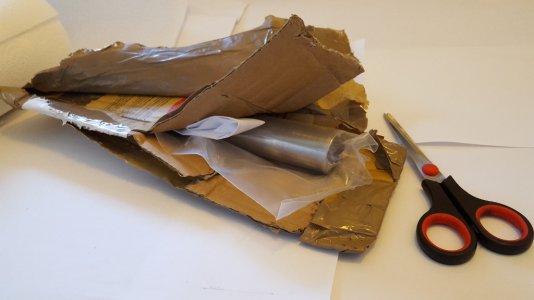- Joined
- Dec 12, 2016
- Messages
- 497
4140 PH is Pre Hardened. It is usually a "medium level harness, around RC 30, so is still readily machinable with carbide and better HSS.
The only thing wrong with the videos is that there is no accurate hardness known for the various samples, the way the heat treatment was done lends little credibility to the purported results, in my view, I doubt that the hardest sample is as hard as represented.Guys - thanks so much for the replies. Try not to laugh when I admit to being somewhat "YouTube-Trained". I know there is all sorts of potential for messing up doing that, but there are also lots of eye-openers for one like myself.
Dudley Toolwright has two videos where he explores the cutting of 4140 in 3 stages of hardness, two cutting speeds, for both negative and positive rake cutters.
For great entertainment on a property of 4140, WBF777 publishes how to chop up a big chunk of 4x2 with a 4140 tomahawk, then shave hair with it (the tomahawk)! It makes me think the average Gillette could be made of better stuff!
I don't know how hard a quill should be, but my internal reasoning suggests that drill male tapers are plenty hard already, and maybe want to be set into a not-so-hard quill. The friction in there would be better if one of the surfaces was slightly more compliant. I will be going with the temper standard as supplied.
In my internet searches, I came across a new thing to learn about. From the sentence..
"Blaze or consecration hardening of EN24T can accord a case acerbity of 50 HRc or higher."
OK -so I don't yet know what on Earth is "consecration" hardening, and "acerbity" is a new word for me. The mischief in my cartoon mind is right now showing a guy with a blazing torch in one hand, Bible in the other, offering up a prayer before applying the fires of Hell!
Surface flame hardening - right?
... if I had Stressproof on hand, it would be my choice due to it's machinability and also it's strength.
John: You are absolutely right about overkill!I would suggest that its use is overkill for a small lathe, if I had Stressproof on hand, it would be my choice due to it's machinability and also it's strength.
One suggestion: before embarking on the project, buy a Morse taper reamer to FINISH the bore, it will be money well spent, and available for touch ups if needed.

I do agree that the SB quills, though tough, also seem kind of soft, which is why I was asking if anyone knew what they were made of.
